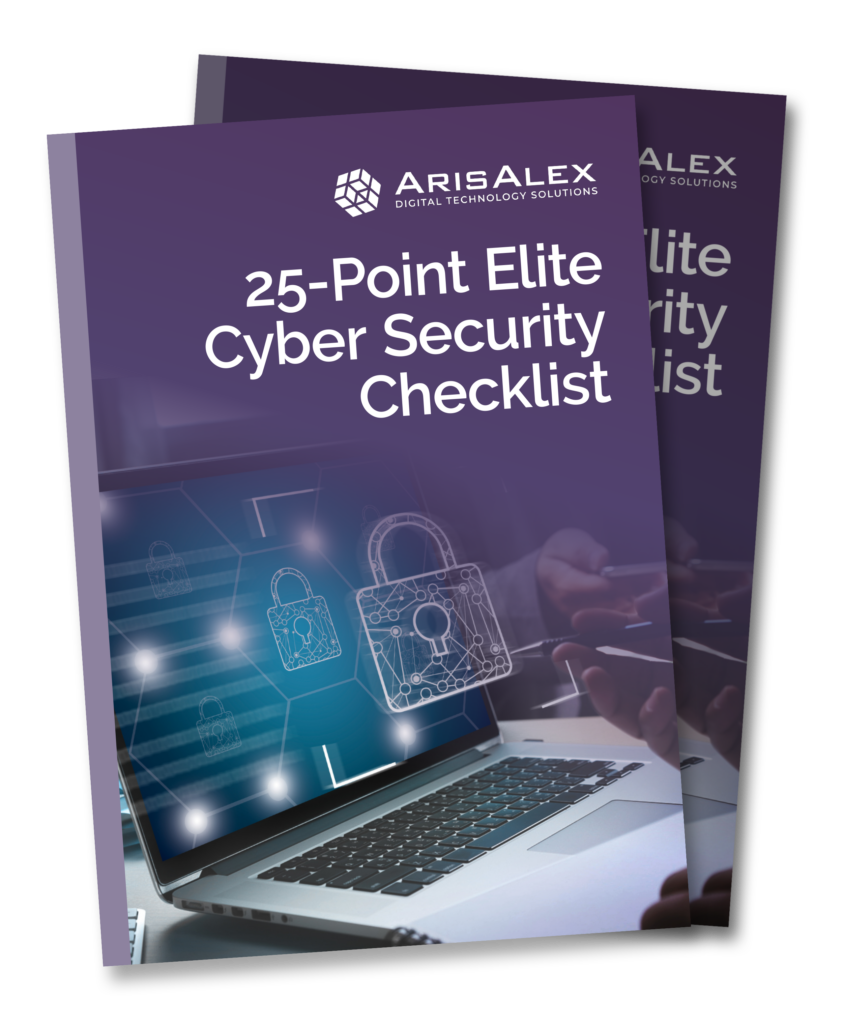There is no doubt that cyber security is a critical issue for businesses of all sizes. Data breaches have an annual average cost of $4.24 million. With the rising costs and risks of data breaches, it’s more important than ever for companies to take steps to protect business information.
To protect your company’s data, you must be aware of the most common cyber security threats and take the necessary precautions to mitigate the risks.
This 25-point elite cyber security awareness checklist will help you assess your company’s cyberattack vulnerability and take the necessary steps to keep your business data safe.
Table of Contents
Privacy Program
01. Plotting IT Security and Privacy Policy
Security Awareness Program
02. Conducting Cyber Security Awareness Training
03. Running Simulated Phishing Campaign
04. Implementing Cyber-Physical Systems (CPS) Security
Identity & Access Management
05. Creating Solutions for Unified Identity Management
06. Providing Seamless User Experience
07. Hardening Security with Multi-Factor Authentication (MFA)
Endpoints Policy
08. Endpoint Detection and Response (EDR)
09. Mobile Device Management (MDM)
10. Data Loss Prevention (DLP), Data Classification, and Labelling Strategy
Networks
11. Network Segmentation
12. Cloud Network Protection
13. Encrypt All Network Traffic
14. VIRTUAL PRIVATE NETWORK (VPN)
15. Secure WiFi/Wireless Networking Access
16. Implement Perimeter Security
Download a copy of our
25- Point Elite Cyber Security Checklist
Tools Management
17. Use Secure Email Gateway (SEG)
18. Configure Backup Solution
19. Privilege Access Management (PAM)
20. Implement a Security Information and Event Management (SIEM)
System Hardening Program
21. Device a Patch Management Plan
22. Vulnerability management program
Vulnerability management is a crucial component in understanding your organization’s overall risk. Organizations need to understand how vulnerabilities impact the overall weaknesses within their environment. At the core of any vulnerability management program lies the fundamental process of software management. Most vulnerabilities are software “bugs” that can be exploited and possibly compromise confidentiality, information, or availability.
To further strengthen your vulnerability management program, consider the inclusion of regular penetration testing. Penetration testing involves simulating cyberattacks on your systems, applications, and network infrastructure to identify and exploit vulnerabilities. This proactive approach can provide valuable insights into the real-world security posture of your organization, helping you prioritize and address vulnerabilities effectively. By integrating penetration testing into your vulnerability management program, you can ensure a more comprehensive and robust strategy for managing and mitigating security risks.
Incident Response Plan
In 2021, roughly around 80% of organizations in the United States do not have a cyber security incident response plan. Hence, you must also develop a plan for responding to security incidents.
Once you’ve covered most of the cyber security items listed above, you should have a pretty good idea of what needs to be done to keep your organization’s data safe.
23. Create an Incident Response Plan
24. Create Step-by-step Incident Response Procedures
25. Cascade Information on Incident Response Roles and Responsibilities
Consult a Managed Services IT Provider
If you’re not sure how to implement some of the measures outlined in this cyber security checklist, or if you just don’t have time to do it yourself, you might want to consider consulting a Managed IT Services provider.
At ArisAlex, we can help you with all aspects of cyber security, from vulnerability management to incident response. We can also provide you with the latest information and resources on cyber security threats and trends.
Remember, data is one of the most valuable assets of any organization, so it’s important to take this cybersecurity essentials checklist to protect it. Contact us today to learn more about how we can help you keep your organization’s data safe!





